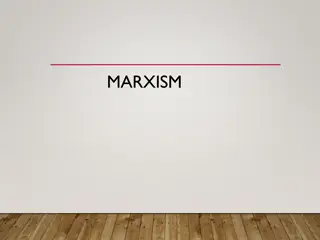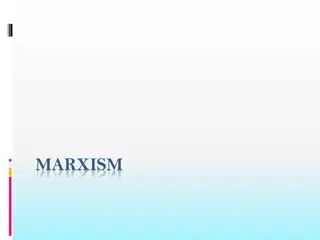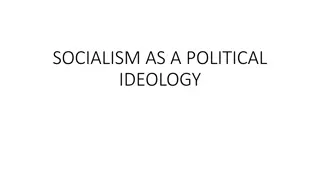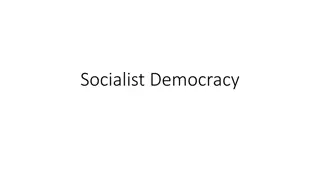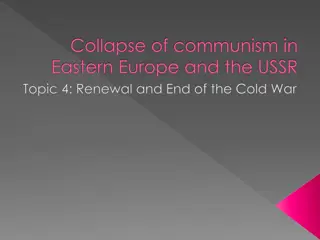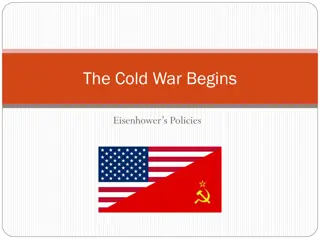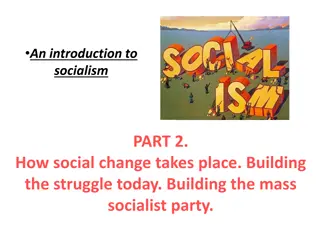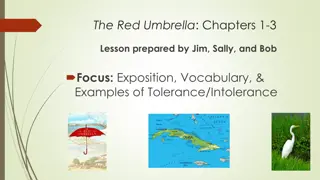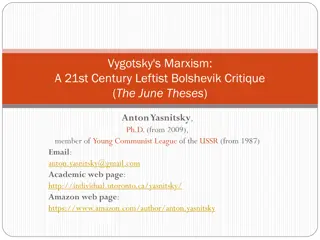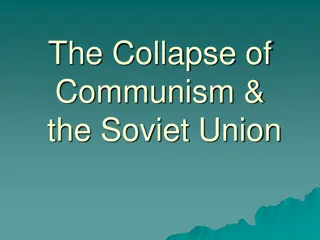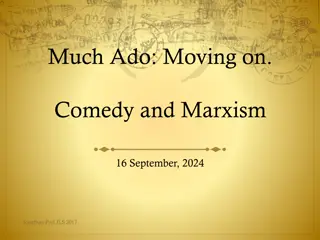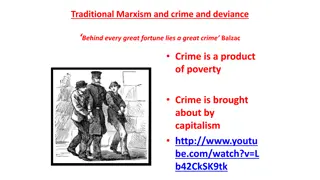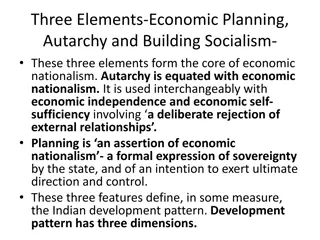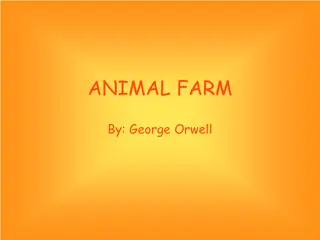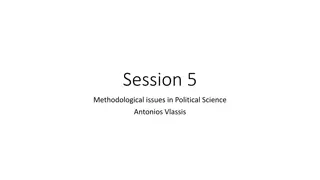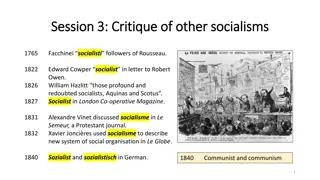Understanding Communism, Marxism-Leninism, and Socialism Through Visuals
Explore the concepts of communism, Marxism-Leninism, and socialism through images and definitions. Learn about different economic systems and key figures like Leon Trotsky, Che Guevara, and Fidel Castro, and consider why they are idolized by young Iranian children.
Download Presentation

Please find below an Image/Link to download the presentation.
The content on the website is provided AS IS for your information and personal use only. It may not be sold, licensed, or shared on other websites without obtaining consent from the author. Download presentation by click this link. If you encounter any issues during the download, it is possible that the publisher has removed the file from their server.
E N D
Presentation Transcript
PERSEPOLIS : THE VEIL, THE BICYCLE AND THE WATER CELL
HTTP://WWW.INDEPENDENT.CO.UK/NEWS/WORLD/AMERICAS/DO-YOU-KNOW-THE-HTTP://WWW.INDEPENDENT.CO.UK/NEWS/WORLD/AMERICAS/DO-YOU-KNOW-THE- DIFFERENCE-BETWEEN-A-COMMUNIST-AND-A-SOCIALIST-A6708086.HTML When we teach about the different types of economies, Waite said, the first thing we do is we talk about economic questions. How is it made? Who makes it? Who gets to buy it? Based on the economy, different people answer those questions. Simplifying Quill's explanation: In a communist country, the government answers those questions. There's no private business. There's no private property. The government decides. In a capitalist society, the people make those decisions. The businesses, the market decides how much products will cost, how many there are, where it will be made. In the socialist system, there's a mix of both. The government operates the system to help all, but there is opportunity for private property and private wealth. That's generally how we talk about it. Back to Quill's point: A socialist government could control all of the means of production or it could, for example, use taxes to redistribute resources among the population.
SOME DEFINITIONS: Communism: a system of social organization based on the holding of all property in common. Marxism-Leninism: the doctrine that the capitalist system, containing from the beginning seeds of its own decay, will inevitably, after a period of the dictatorship of the proletariat(the class of workers who do not possess capital or property and must sell their labor to survive), be superseded by a socialist order and classless society. Socialism: a political and economic theory of social organization that advocates that the means of production, distribution, and exchange should be owned or regulated by the community as a whole. Dialectic materialism: thesis + antithesis = synthesis. A higher level of truth is reached in the third proposition, synthesis.
AS YOU WATCH THE SHORT BIOGRAPHIES, TAKE NOTES ON EACH FIGURE, AND CONSIDER: WHY WOULD YOUNG IRANIAN CHILDREN IDOLIZE THESE FIGURES?
THE REVOLUTION IS LIKE A BICYCLE, WHEN THE WHEELS DON T TURN, IT FALLS (SATRAPI 10)
WHY DOES GOD RETURN? WHY DOES MARJI TAKE A LONG BATH?




